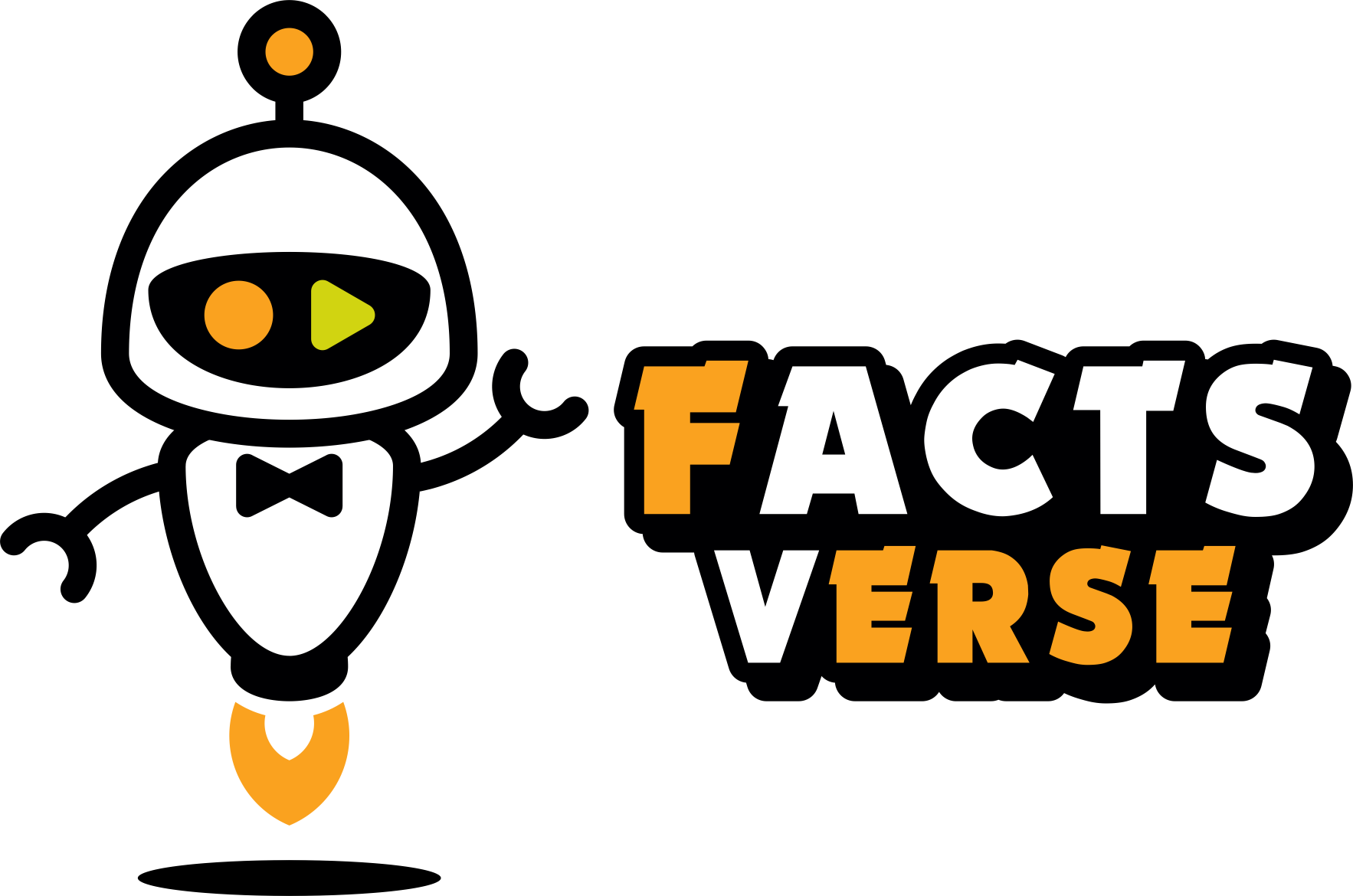Shawn Levy joins the Facts Verse Podcast to discuss his latest book: CLINT: The Man and the Movies. He discusses the Eastwood’s life, career, and the complexities that define him.
Find more from Shawn Levy on his website https://shawnlevy.com/ or on social media:
Instagram: @shawnanthonylevy
Bluesky: @shawnlevy.com
Threads: @shawnanthonylevy
I. Early Life and Career Beginnings
Clint Eastwood’s journey began in the 1930s during the Great Depression, a time that shaped his resilience and work ethic. Growing up in Piedmont, California, he witnessed his family’s struggles but also learned the value of hard work. His early experiences laid the groundwork for a career that would span over six decades. From his humble beginnings, Eastwood transitioned into acting, with his breakout role in the television series “Rawhide” in the late 1950s. This role marked the beginning of his ascent in the entertainment industry.
II. The Rise of a Hollywood Icon
Sean Levy highlights how Eastwood’s roles in iconic films like “A Fistful of Dollars” and “Dirty Harry” established him as a cultural icon. However, Eastwood’s ambitions extended beyond acting. His directorial debut came with “Play Misty for Me,” a film that showcased his ability to tell complex stories. Levy points out that Eastwood’s work often reflects his personal beliefs and moral dilemmas, making his films resonate with audiences on multiple levels.
III. A Complex Persona
Levy’s biography delves into the multifaceted nature of Eastwood’s character. While he is often portrayed as a tough, no-nonsense figure on-screen, his off-screen life reveals a man who values health, wellness, and introspection. Eastwood’s interest in meditation and healthy living contrasts sharply with the violent characters he often portrays. This duality adds depth to his persona, making him a subject of intrigue for fans and critics alike.
IV. The Evolution of His Filmmaking
The podcast discussion emphasizes the evolution of Eastwood’s filmmaking style and choices. By the mid-1980s, Eastwood sought to break free from the constraints of his previous roles. Levy notes that films like “Unforgiven” and “Mystic River” marked a significant shift in Eastwood’s career, showcasing his willingness to tackle darker, more complex themes. This maturity in storytelling solidified his reputation not just as an actor but as a serious filmmaker who could engage audiences in profound ways.
V. Controversies and Criticism
Levy does not shy away from discussing the controversies surrounding Eastwood, particularly his personal relationships. The biography acknowledges the complexities of his life, including legal battles and public scrutiny. Levy argues that presenting these facts without bias allows readers to form their own opinions about Eastwood, emphasizing the importance of factual storytelling in biography writing.
Conclusion
Sean Levy’s “Clint: The Man and The Movies” provides an extensive look at Clint Eastwood, revealing the layers behind the iconic figure. From his challenging early life to his evolution as an artist, Eastwood’s journey is one of resilience, complexity, and introspection. As fans, we are left with a deeper understanding of not just the man behind the movies but also the cultural impact he has made over the years.


